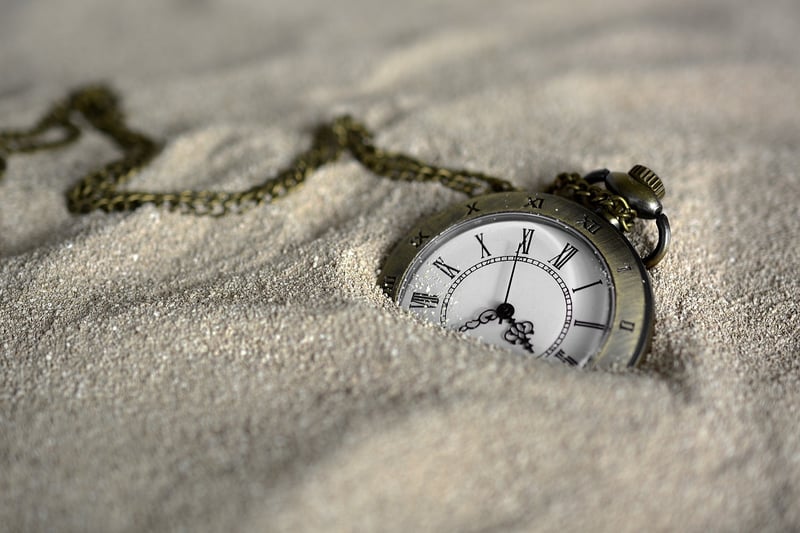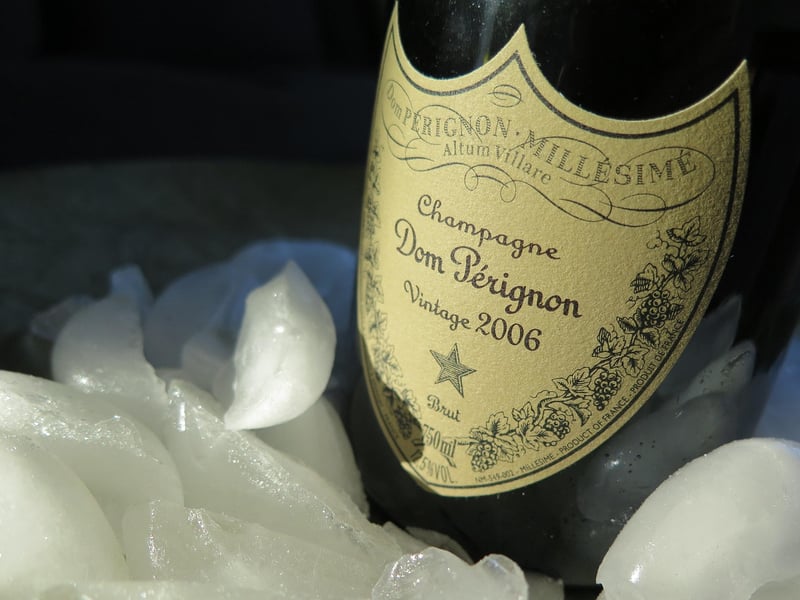Historical Etiquette
Essential Advice for Time Travelers
Introduction
Time travel has long captured the imagination of many, but embarking on such a journey requires some essential advice to ensure a smooth experience. Whether you find yourself in the distant past or the far future, these tips will help you navigate the complexities of time travel with grace and ease.
1. Blend In
When traveling to a different time period, it's crucial to blend in with the local population to avoid drawing unnecessary attention to yourself. Dressing appropriately for the era and familiarizing yourself with the customs and language of the time will help you seamlessly integrate into the society you are visiting.
2. Respect the Timeline
As a time traveler, it's important to respect the timeline and avoid altering significant historical events. Even small changes can have far-reaching consequences, so tread carefully and observe from a distance when necessary.
3. Document Your Journey
Keeping a detailed journal of your time-traveling adventures will not only help you remember your experiences but also serve as a valuable record for future generations. Capture your observations, interactions, and any historical insights you gain along the way.
4. Be Prepared for Challenges
Time travel is not without its challenges, and you may encounter unexpected obstacles during your journey. Stay resilient, adapt to new situations quickly, and always have a contingency plan in place to handle any difficulties that arise.
Historical Etiquette
Introduction
Understanding historical etiquette is crucial when interacting with individuals from different time periods. Whether you're attending a royal ball in the 18th century or having tea with Victorian ladies, adhering to the social norms of the era is essential to avoid any cultural faux pas.
1. Proper Greetings
Depending on the time period, proper greetings may vary. Whether it's a bow, a curtsy, or a firm handshake, knowing how to greet others respectfully is key to making a good impression in historical settings.
2. Table Manners
Table manners have evolved over the centuries, so familiarize yourself with the dining etiquette of the era you're visiting. From the use of utensils to seating arrangements, following proper table manners demonstrates your respect for the customs of the time.
3. Dress Code
Each historical period has its own unique fashion styles and dress codes. Whether it's hoop skirts and corsets or top hats and tails, dressing appropriately shows your understanding and appreciation of the fashion norms of the time.
4. Language and Communication
Language plays a significant role in historical etiquette. Pay attention to formal language usage, titles, and modes of address to communicate effectively and respectfully with individuals from different time periods.


